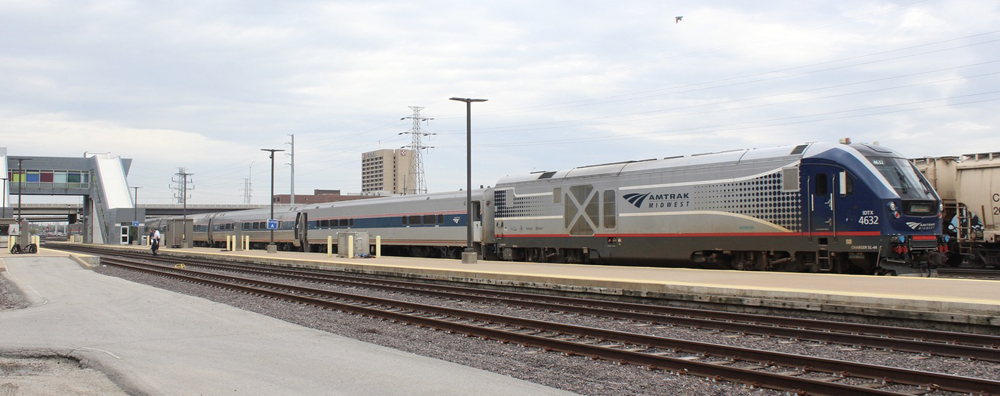
CHICAGO — Amtrak’s Missouri River Runner, which was only restored to twice-a-day round trips in July after finding funds to restore full service, is about to be trimmed once again to one daily round trip between St. Louis and Kansas City.
Effective Oct. 24 through Nov. 16, westbound train No. 311 and eastbound No. 316 will be suspended. The westbound train departs St. Louis at 8:15 a.m. and arrives in Kansas City at 1:55 p.m.; the eastbound departs Kansas City at 4:10 p.m. and arrives at St. Louis at 2:20 p.m.
A notice on Amtrak’s website says the suspension is because of “a shortage of available train equipment.”
One daily round trip will remain, with eastbound No. 318, a through train to Chicago, departing Kansas City at 8:40 a.m. and arriving in St. Louis at 2:20 p.m., while westbound No. 319, (a through train from Chicago) is scheduled to depart St. Louis at 3:05 p.m. and arrive in Kansas City at 8:45 p.m.
As the Webster-Kirkwood Times notes in a report on the cuts, this eliminates the possibility of day trips on the route. The newspaper quotes Kirkwood City Council member Liz Gibbons, who was among those who lobbied to restore funding for the second train that she was “sad to report after all the work we’ve done” the train would be cut again because “they don’t have enough people to take care of the trains.”
This is part of a continuing series of cuts to state-supported service in the Midwest because of maintenance personnel shortages. The River Runner will be cut at the same time that currently suspended frequencies of the Chicago-St. Louis Lincoln Service and Chicago-Pontiac, Mich., Wolverine return [see “Amtrak suspensions bring brief relief …,” Trains News Wire, Sept. 19, 2022].






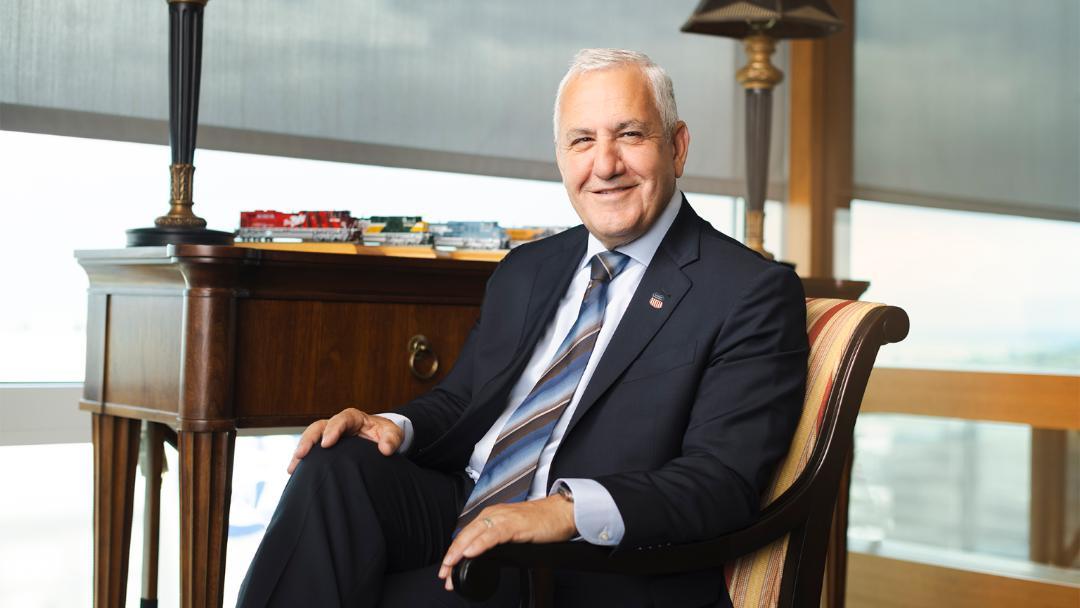
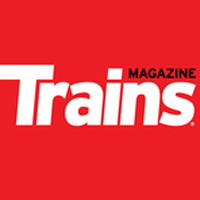
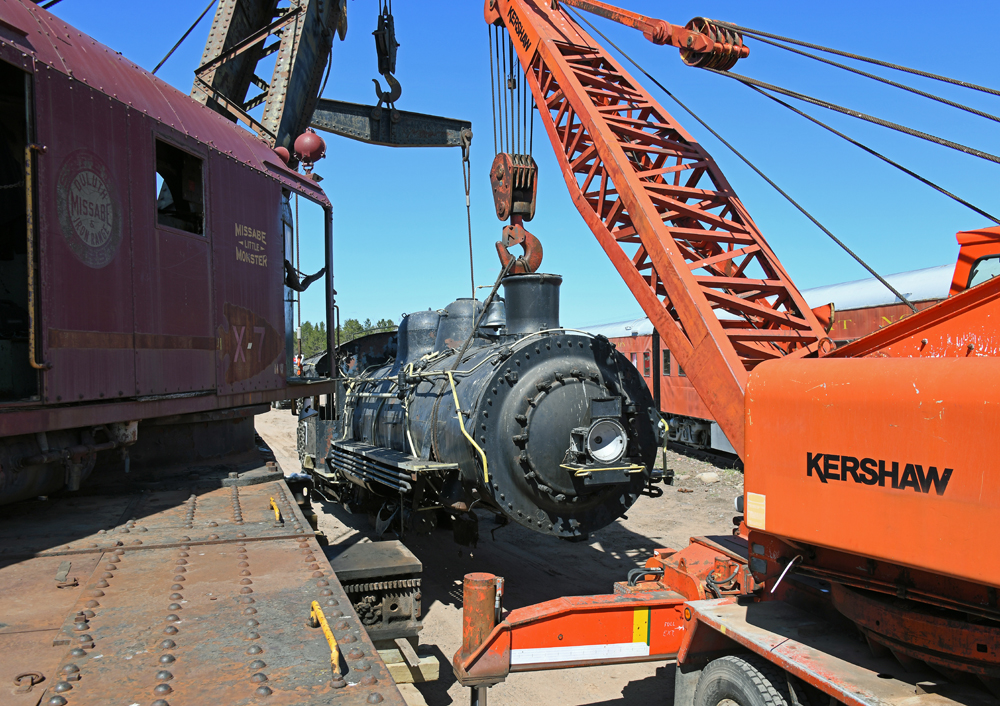
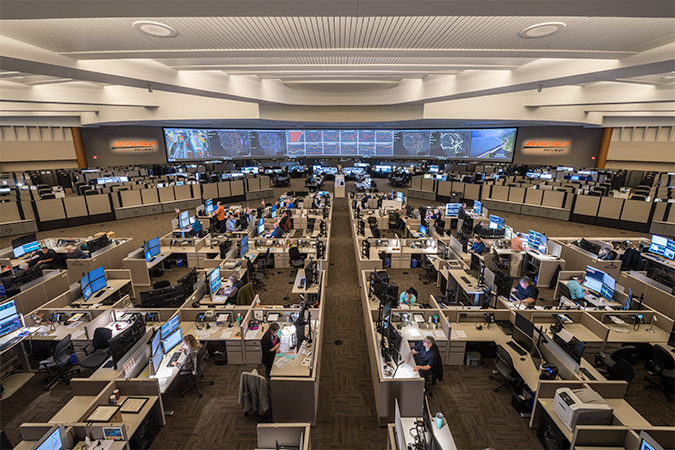




As per another article, there seems to be a handful of used coaches available for sale cheap in Utah. Buy those, run the trains, and suspend the management.
Amtrak seriously needs to get its act together on the state supported trains to Michigan, Illinois, and from St. Louis to Kansas City.
Missouri and Illinois have spent millions on upgraded infrastructure. There are new engines (Chargers) and new cars (Venture equipment). One would think with all this, these corridors would be showcases for what Amtrak top management has been pushing for and getting money for…short to medium distance corridor service.
But nope. From 13 hour late trains, to reduced frequencies Amtrak just cannot get its act together to make anything positive happen. Back when the track was not as good, and the equipment was middle age Amfleet and Horizon, the service was better than it is today.
There is no way Amtrak in its current form will be able to run ANY additional frequencies outside of the NEC given its track record out of Chicago without some MAJOR, SIGNIFICANT MANAGEMENT/UNION changes. A second Chicago-Twin Cities train…no way. Increased service from Chicago to Cleveland…no way. Service to the Quad Cities or Dubuque…again no way.
For once Amtrak has dollars available for expansion, but the company is so poorly managed that nothing will happen!
What a shame.
Years ago Amtrak ran more trains on more routes than what they have now and there was an issue over equipment shortages. When things did get tight with having enough equipment to meet customer demand, Amtrak would borrow or lease equipment from commuter railroads to meet holiday travel demands. Also going back many years before Amtrak during WWII the railroads pulled out every piece of equipment they could use both old and new and cars and locos ready to be retired or scrapped for use in the war effort to carry supplies , weapons and troops for the front. How things have changed and both companies and people in this generation have lost their creativity, willpower and resolve to make things work or come together. Now we either moan and groan or eliminate or shove things under the rug. If Amtrak wants to gain respect and relativity with the traveling public and gain ridership, they have to get going and fix and repair all that equipment that they have sitting in repair shops rusting away Equipment sitting in a repair shop isnt going to make money. Start repairing and fixing that backlogged equipment now
Joseph C. Markfelder
1) Railroads back then were managed by competent, experienced people. who had subalterns who could be counted on to make the right decisions with a minimum of direction. Those railroaders also had immense pride in their job and their railroad.
2) Interesting how nobody questions the introduction of new or extended routes in the Northeast while Midwest corridors lose equipment or worse, experience cancelled schedules, destroying any sense of reliability.
As a Midwesterner, I don’t like NEC’s exemption from the 750 mile rule. To be fair, though, the states do support the corridors by running commuter trains on them (and in some segments owning the track). Also the states will be required to pony up big time for capital improvements like the Gateway Tunnels. So it’s not all cut-and-dried — there’s always two sides to the story.
The bottom line is this: Amtrak is so un-economic that all sorts of subsidies, federal state and local, are needed to run the trains and build or maintain stations.
This continuing saga of Amtrak should be a case study in a B-school on the relevancy of corporate management having in-depth experience in railroading relevant to their position at Amtrak; not learning on the job in lieu of such a major requirement.
Coupled to the neophyte decision-makers, other than a few inconsequential advocate groups who staked their credibility not on the reality how it is far more important to have Board members selected for their ability to provide effective stewardship to hold management accountable than to be overly concerned with a geographic balance making up the Board.
As we understand the failure of the Missouri state corridor train to consistently operate per schedule is directly attributable to the disastrous decisions made by Amtrak’s leadership in panic reaction to the pandemic. Again, as we have already seen before with shortened consists and daily operations forsaken as a result of insufficient maintenance forces; lack of trained T&E and OBS crews, such decisions were rendered apparently without any check & balance by the lack of an experienced Board; the lack of interest by the Secretary of Transportation and FRA Administrator. Such consequences negates Amtrak’s claim how it operates like a business; let alone, to lay claim to any bonus. How much revenue has been forfeited and left on the ballast due to the constant sabotage of consists and cancellations?
Such a proposed case study would elaborate upon Mr. Reistrup’s experience identifying in the 1970s how any corridor would require at least three frequencies. As well, the study would also highlight the deficiency of Amtrak Marketing by allowing the eradication of enabling day trippers to make same day round trips and to interrupt connections.
To what extent do the politicians of Missouri even know how Amtrak structured PRIIA to favor the Northeast by allowing a free ride; not charging any state along the NEC for any of Amtrak’s intercity trains between Washington-Boston, despite running a route of only 457 miles; falling well under requirement of 750 miles for the feds to pick-up the cost, like for the NEC? Imagine the cost now to Missouri, given Amtrak’s propensity to put both thumbs on the scale when charging operating costs, depreciation, station costs, terminal costs, etc.
What is the full cost to Missouri by Amtrak killing the second train? Perlman and Claytor are turning over in their graves.
Paul Reistrup wanted two trains per day on the long distance routes as well.
M. E. Singer, it’s nice that I’m not the only one who remembers Reistrup’s 3x daily advocacy for the corridors. Mike Lustig, other than your posts I don’t remember Reistrup advocating 2x daily for the LD’s. It makes sense. A whole lot of sense.
Look what is happening with North Carolina. Once they hit 3 ( including Carolinian, the0 4, and a 6th next year. Total ridership keeps going up. Then we have the Palmetto which added a day trip to / from Savannah. Silvers as well also improved with the 3 RTs.
The plus side with NC is outside of the Carolinian, NC owns ALL the equipment. Maintenance is bid out to a contractor and not Amtrak. You hear very little of the Piedmonts having mechanical issues. NC shows how it can be done and it works. They also don’t have a pie in the sky unrealistic vieew of things. They started out with one RT between Raleigh and Charlotte. They’ve over the years have incrementally upgraded stations and track, wisely shopping for used equipment. It works. And I’ve always believed all ld routes need a minimum of two RT’s scheduled 12 hours apart.
Only CN, that I know of, has the axle requirement.
I am really beginning to think that the entirety of Amtrak needs a complete overhaul from the top down.
They must still have some of the old baggage cars around tack those on the end. Of course if you can’t keep your primary rolling stock operational you probably wouldn’t have the manpower to revive the old rolling stock!
Rent some empty freight cars and add then to the train. Or maybe Amtrak has some baggage cars they aren’t using so they could rent then out and make some money.
Certainly as states catch on to the exorbitant cost of running cafes (labor, depreciation, spoilage, etc), they will seek cost-saving substitutes and revert to vending machines, as evidenced with California’s San Joaquins. This equipment could certainly substitute for the new Viewliner diners.
Leave it to Amtrak, which is still learning the difference between cost and price, to encourage states to dust-off SP’s food service program.
NEWS HEADLINE: OCTOBER 17, 2042…..
Amtrak reduces its last weekly train, the Empire Builder, to a new MONTHLY schedule, account of equipment and personnel shortages…….
At this rate, the Empire Builder and all of Amtrak will be a distant memory.
On the bright side, Amtrak will have achieved its goal for zero carbon emissions by 2045
The eastbound departs at 4:10 PM arrives at 2:20PM. Must be a real long trip. HA HA.
What a shame, lack of equipment. I never seen more than 3 coaches and a cafe car on these trains. WOW this means they would need a total 8 cars on a daily basis!!
Apparently the signals on many of these lines need 32 axles to recognize a train. Whoever decided that the signals only needed that many was probably against passenger rail or crazy. If not both.